Related sites:
Newsletter: Perspectives on Power Platform
Company: Niiranen Advisory Oy
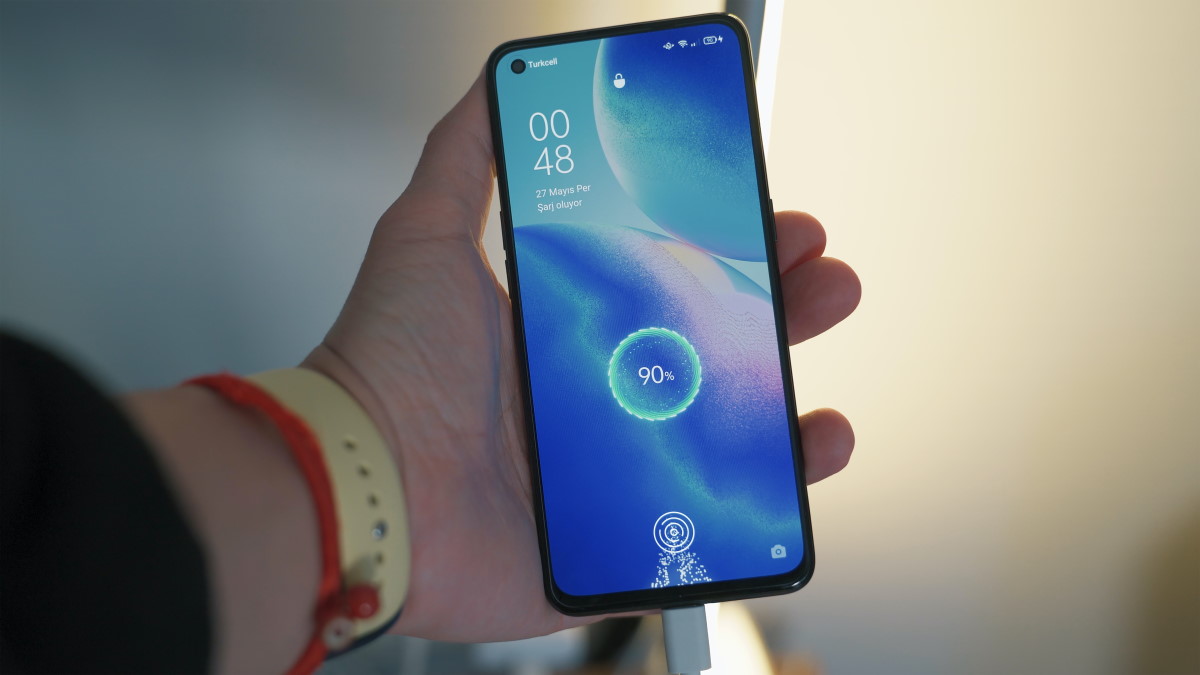
You can't escape tiredness only by resting. Living your life to its full potential is the ultimate energy source, yet it also consumes your mental energy.
Earlier this year I wrote about how I became tired. I used the metafor of a mental battery in describing the ranges in which my battery charge level operated. Via the illustration below, I described how I had changed from a Zone A person into a Zone B person:
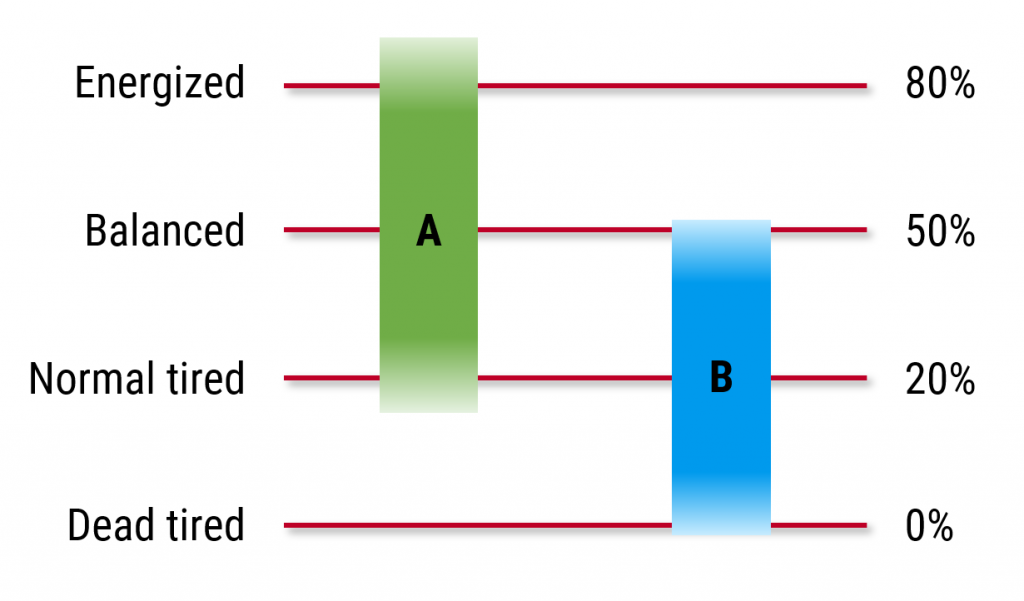
Zone B means I now find myself unable to reach the same “Energized” level that I had earlier considered to be a normal state in life (when in Zone A). Instead, a new normal had formed, which included regularly experiencing a complete mental battery drain (0% charge). This was repeatedly pushing me into the “Dead tired” level, at which point normal mental and physical operations could no longer be sustained.
Ever since that one February blog post I have resumed mostly my normal blogging agenda of covering tech topics from the Power Platform ecosystem. A few weeks ago my “On being tired” blog post was featured on Hacker News. My blog site gained 10k+ brand new visitors and there were also great comments posted on HN.
Maybe that was a sign to keep exploring how my mental battery works, and what could be done to reduce the impact that tiredness has on my life. So, here we are half a year later with the next blog post on this topic.
The battery in our phones today is a simple in/out system. Power flows in from the charger chord we attach to it. Power is consumed by the activities that you do on your phone, meaning in practice running different apps. Do them long enough and the battery is empty, at which point you must plug it in again for new power to flow in.
The mental battery in my head is a bit more complex. Sure, there are actions that are clearly needed for charging it, like consuming nutrients and sleeping, which resemble the direct power input for a phone. But whereas with phones every app we use just consumes energy, my head also includes apps that generate new energy.
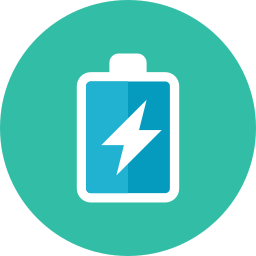
Imagine if you had an icon on your phone’s start screen that said: “charge battery”. Then you’d just click on it and the power reading on the top of the screen would start growing instead of reducing.
We’re not quite there yet when it comes to the gadgets us humans have built (kinetic charging would need to improve quite a bit). Nature, however, has built us in a way that makes this self-charging possible.
In fact, from what I’ve observed, such apps i.e. human activities that both consume AND generate high amounts of energy are mandatory for living life to the fullest. I don’t think we can thrive via pure charging activities alone, nor by minimizing our energy consumption.
Resting will make you less tired, but it will not take you to the top level of “Energized” in the mental battery scales (Zone A). To reach those heights, you must be ready to burn a considerable amount of energy first. This is what makes it so hard to recover from a state of deep tiredness.
When searching for ways to regain higher energy levels for my mental battery, I’ve come to the conclusion that the formula behind a successful charge isn’t simply A + B = C. It’s not like “do this then you’ll gain more energy”. The very same activity that can give you great joy in life and act as an invaluable mental energy source can equally turn into something that leaves you completely exhausted.
Why can the results differ so wildly? Based on how I have personally experienced it in my life, the mental energy consumption/gain is not tied to a specific activity alone. It’s often not even about the surroundings, such as who you are with or where you are doing it. A critical variable in the formula is: how much battery do you have left right now?
I drew the following illustration to explain the phenomenon to myself (and to you all) via the metaphor of escape velocity. Let’s say that the potentially energizing activity in life would be flying a rocket to outer space. To leave planet earth behind, the rocket must reach a speed that allows it to escape the gravitational influence of the planet.
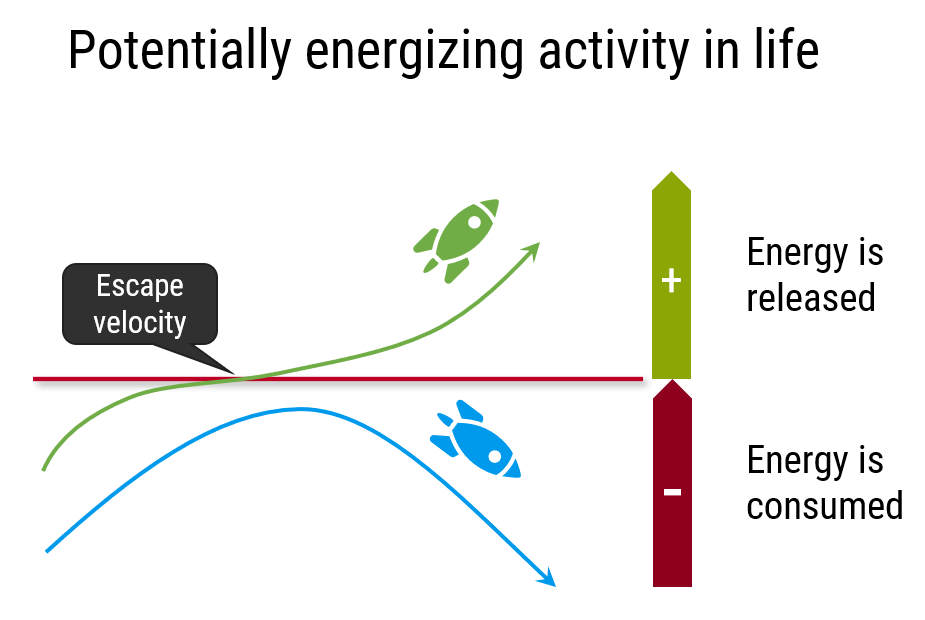
If the rocket has enough fuel and a powerful enough engine to reach this speed, it can continue its journey to the final frontier. If the speed remains below the critical point, there’s no escape & it’s going to fall back to earth. (That’s my simplification of things – without understanding anything about astrodynamics.)
The more power you’re carrying in your mental battery, the more confident you can be about succeeding in these potentially energizing activities in life. A Zone A person will often be ready to push him/herself far enough to escape the pull of the gravitational field.
When you’re flying around in your life as a Zone B person whose battery can only achieve a 50% charge at max, the risks of not reaching that escape velocity are many times higher. It becomes a struggle to reap the benefits from potentially energizing activities. Gradually all activities start to resemble one another: just an endless pile of tasks, all demanding energy from you and unlikely to give back much.
Pacing yourself with the mental energy spend that’s in right proportion to your current mental energy reserves is the key to survive under these conditions. You need awareness of the fact that you just can’t do what you used to be able to – not right now, not in the same quantities as before. Because you’re tired.
Feelings of disappointment will be common – and justified. Yet it’s important to understand that this does not have to be permanent. All the activities in your life didn’t suddenly change from energizing into exhausting. What changed is the state in which you usually encounter them, as a result of having less mental energy reserves at your disposal.
I find that this separation helps me in dealing with outcomes from activities that I might normally enjoy but now find difficult to carry out without a nagging feeling of stress. It allows me to have an internal monologue about expectation levels.
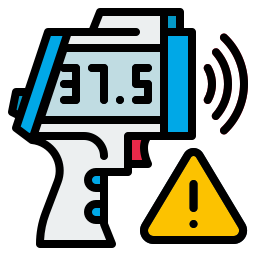
If my body was physically ill, like having high fever, I obviously wouldn’t expect it to perform on the same level as in my normal daily duties. Today there isn’t a similar accurate measurement available on the mental battery charge level. This doesn’t mean it wouldn’t have just as big an impact on my abilities.
You don’t need a data point like a temperature reading to know when things aren’t well. What I think you do need or can at least benefit from is having a concept that puts your feeling and wellbeing into words – like the mental battery level. You first use it for your internal discource, then eventually also for communicating to the world outside your head.
When I began my PowerPoint drawing exercises of exploring the dynamics of tiredness, I borrowed the famous model of the project management triangle and adapted it into the context of mental energy. In its original format, this triangle deals with the inherent constraints in project work: time, cost and scope. These three dimensions determine the total quality of the output that can be achieved, i.e. the size of the triangle.
My version deals with the constraints of living. Not the entirety of life itself, rather the feeling of living life to its full potential. Just like in the realm of projects, if you’re happy with things being the way they are, you don’t need a project. Yet if you want to see change taking place and you want to achieve a particular aim, then a project is a common method to organize the effort required in getting to that new reality.
Similarly, merely being alive is quite different from actively living your life with a sense of aim and purpose. We go through the act of existing from one day to another, yet all of us surely can recognize those moments or periods of time when we have truly felt alive instead of just being alive. To me that is the outcome from what I call living.
The dimensions of the triangle that define how much of this living we are able to experience are quite similar as with projects. First of all, time is definitely a key constraint that we can’t escape while existing in this physical reality of ours. Second, there will always be constrains on the amount of resources that we can consume for our acts of living a life (considered as budgets in project management).
The third constraint is unique. If resources reflect the amount of external energy that we have available for living a life, then there must be an internal counterpart to it in our equation. This is the mental energy we have at our disposal. Also known as the charge level of our mental battery.
Here is the resulting triangle:
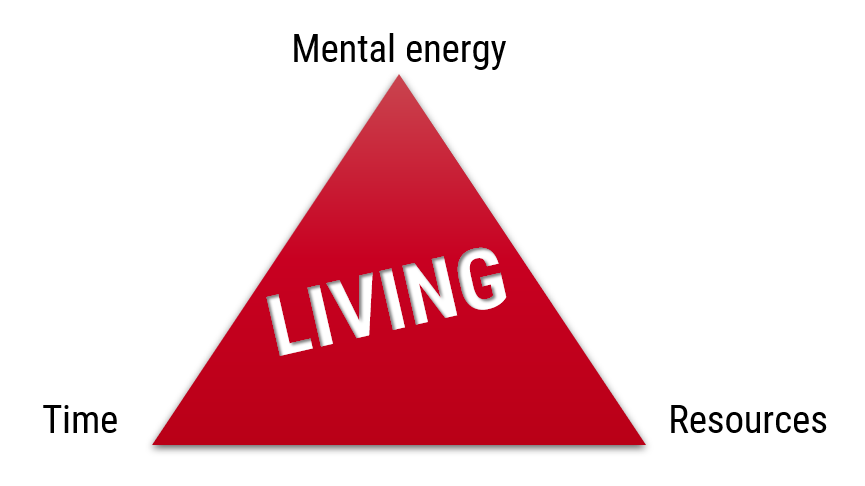
Just like the battery metaphor, this triangle of living is useful as a tool to analyze what is holding us back. Where do the constraints come from that determine our ability to live life as we can, compared to the ideal state of how we would ultimately want to live it if no such constraints existed.
As I’ve come to better understand the escape velocity concept, the way how achieving a high level of mental battery charge occurs via activity that initially consumes energy, it has allowed me to analyze cause and effect of tiredness. What it is doing to my triangle of living. Here’s the triangle that I drew half a year ago as a self assessment:
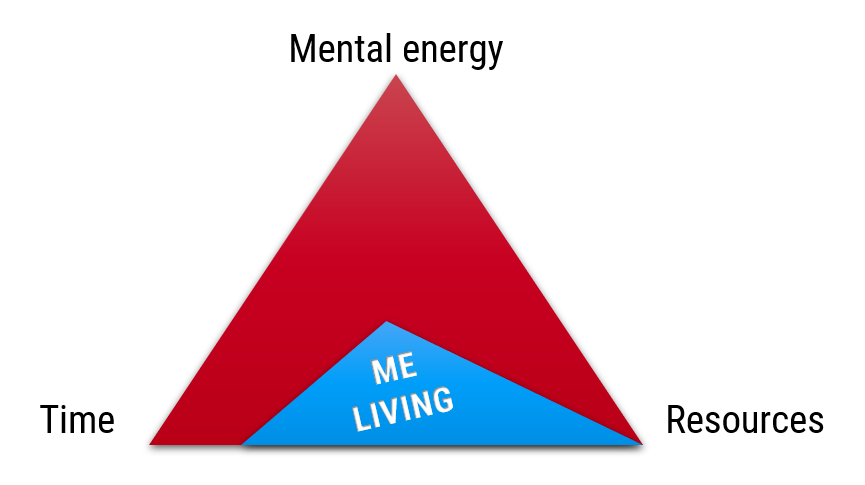
First of all, I’m not experiencing any significant constraints to living by lack of resources (external energy). Sure, there has been recent tension on this dimension, too. The cost of living from having a new family member in the house, giving up the steady pay check and becoming an entrepreneur instead, the insecurities arising from the pandemics, the wars, the environmental crisis around us… There are valid reasons for financial cautiousness, yet I don’t feel this would be something radically different from the times before.
Time is something most of us struggle to find in our daily lives. The maniacal search for higher productivity in modern business and modern society reflects upon us as a demand to optimize every bit of time we have to spare. Yet if we stop for moment to think about it, we may realize that we’re not actually short on time. Time is all we have. I can’t recall who said it but this thought has stuck with me: “people complaining about the lack of time in their lives is like fish in a tank complaining about the lack of water”. At the end, we’re both literally swimming in it.

I do feel it, though. The relative change in how much time I perceive to have for me to spend on myself is considerably lower. There are now more things that come first, taking their cut of the daily 24h time budget, before I get to decide what I’d like to do with it. The amount of water in the tank is the same, there are just more fish swimming in it now. The state of things isn’t objectively better or worse now, but it is factually different. The space to maneuver is smaller and I feel it every single day.
Which leads us to the final constraint in the triangle of living: mental energy. The internal ability for us as human beings to take charge of our destiny. To be the driver and not the passenger. We need it for achieving the inner goals we have set, to reach new heights. Even more importantly, we need it for keeping us rolling steady on the road, avoiding hazards. We must not fall asleep at the wheel – which is what mental exhaustion can easily cause.
Constant tiredness can be crippling in many ways. Not only does it stop you from achieving the sensation of living your life to its full potential. It also weakens your grip on the wheel and makes it more likely for you to crash. Again and again. Like I wrote in the first post a while ago, there’s a real risk that instead of just being tired, tiredness becomes you. It starts to define what your life is and could ever be.
The three constraints need to be treated not as the permanent boundaries of what your life can be but rather what is achievable today. By being more aware of the capacity of your mental battery, you can adjust the world around you to be enough instead of too much. The goals should be:
That’s the balancing act. I’m not sure I’ve got the details figured out yet on how to maintain this balance in practice. I do think I understand the dynamics behind my mental energy a lot better now, though. Which is exactly the purpose for me to keep writing this blog.
So true Jukka, normally by Friday my mental battery is gone. I feel tired and less creative/productive. I noticed that long meetings normally drain my battery more than anything else. Especially in this field professionals need to take some time off the computer and go for a walk/run. Over time individuals need to test and know their limits and respect that I guess. Great blog!